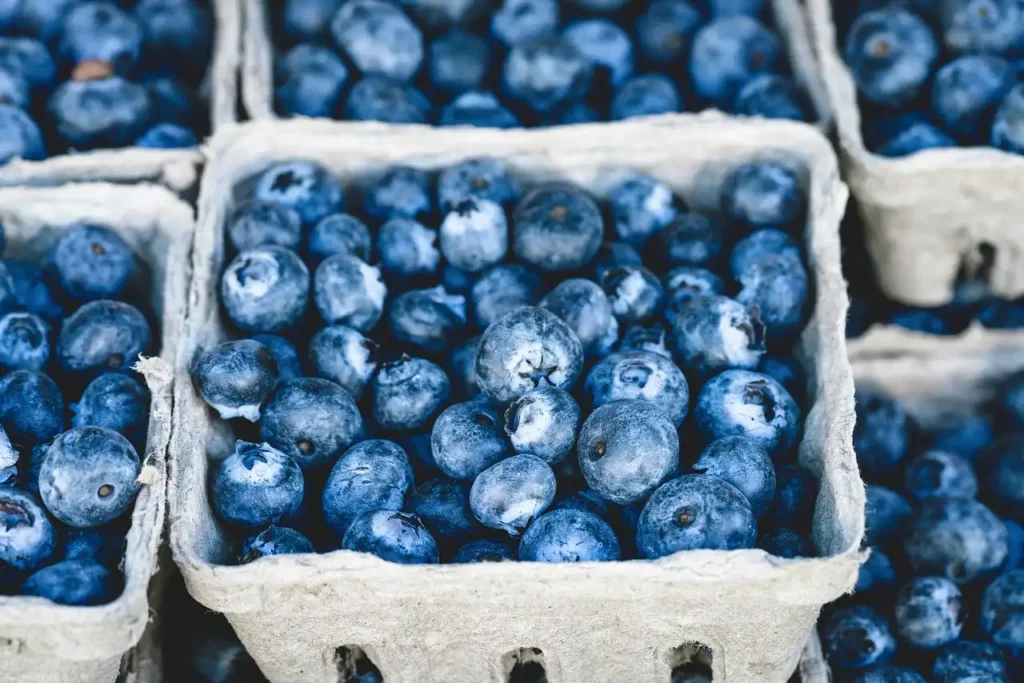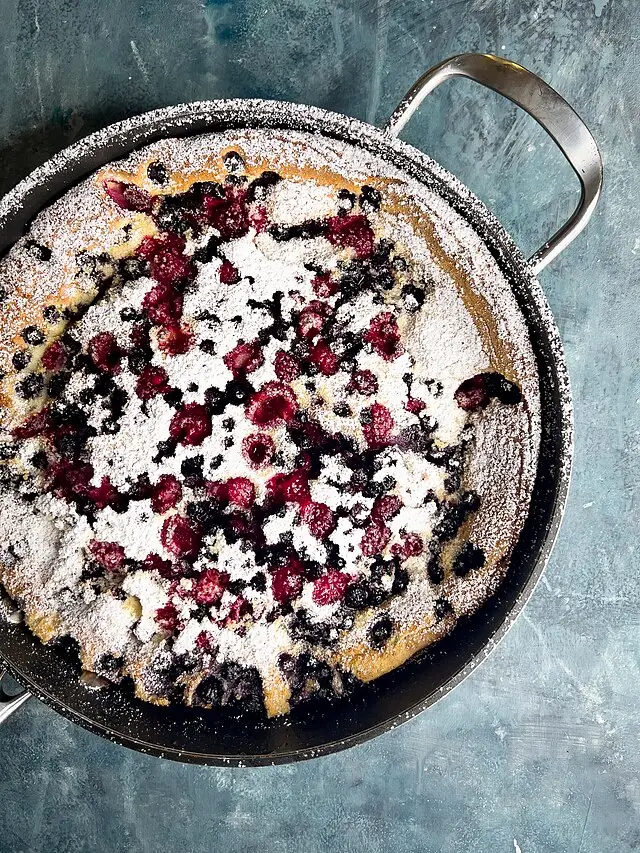Blueberries

Our beloved Blueberry is a well distributed, widespread group of perennial flowering plant with blue or purple berries. Botanically, they are in the genus Vaccinium, which also includes cranberries, bilberries, and huckleberries.
Blueberries are shrubs that range from 4 inches to 13 feet in height, depending on the species or cultivar. In commercial production, the low growing species with small, pea-size berries are synonymous with wild “lowbush blueberries, “while the species with larger berries growing on taller, cultivated bushes are known as “highbush blueberries”. Commercial blueberries—both wild (lowbush) and cultivated (highbush)—are all native to North America.
Wild blueberries prefer an acidic soil between 4.2 and 5.2 pH and only moderate amounts of moisture. They can be quite cold hardy tolerance in northern range.
Highbush (cultivated) blueberries prefer sandy, loamy soils, having shallow root systems that benefit from leaf mulch and fertilizer. Highbush shrubs can be either deciduous or evergreen.
The fruit is a berry that is pale greenish at first, then reddish-purple, and when ripe, uniformly blue and covered in a protective coating of powdery wax, known as the “bloom”. Blueberry bushes typically bear fruit in the middle of the growing season: fruiting times are affected by local conditions such as climate, altitude and latitude, so the time of harvest in the northern hemisphere can vary from May to August.
History of Cultivation
Highbush blueberries were first cultivated in Whitesbog, New Jersey around the beginning of the 20th century. Elizabeth Coleman White, daughter of a local cranberry farmer, became interested in cultivating and harvesting the wild blueberries that grew around her family’s cranberry farm. She wanted to grow them in the land between the cranberry bogs in the summer months of June and July to avoid any conflict with the fall harvest of the cranberries.
White contacted USDA botanist Frederick Coville after reading about his interest in blueberries. She offered her family farm’s unused land for experimental blueberry cultivation. White was in charge of the land and finding the best wild blueberry bushes to cultivate while Coville provided scientific plant knowledge. Together they created the cultivated blueberry.
In 1916, White and Coville successfully cultivated the first blueberry crop, selling it under the name Tru-Blu-Berries. White also came up with the idea to package blueberries in cellophane after seeing it used as a candy wrapper. In 1927 she helped organize the New Jersey Blueberry Cooperative Association. The highbush varieties were introduced into Europe during the 1930s. White is the first woman to become member of the American Cranberry Association and the first woman to receive a citation from the New Jersey Department of Agriculture.
Culinary
Blueberries are sold fresh or are processed (quick frozen, pureed, juiced, and dried. We make jellies, jams, pies, muffins, snack foods, add them to pancakes, cereals, muffins and more.
Blueberries freeze very well and we highly recommend that you buy a few pints at the farmers market, spread them in a single layer on a baking sheet and freeze. Once frozen you can store them in airtight bags to use throughout the fall and winter.
Nutrients
Blueberries consist of 14% carbohydrates, 0.7% protein, 0.3% fat and 84% water (table). They contain only negligible amounts of micronutrients, with moderate levels of the essential dietary mineral manganese, vitamin C, vitamin K and dietary fiber. A 100-gram serving is about 57 kcal with a glycemic load of 6.
Recipe Box
Visit our recipe box for all sorts of tips, tricks and delcious how tos.
Blueberry Dutchbaby
A Dutchbaby is a tasty way to feature seasonal fruits!
View All Recipe
Stay Connected
Sign up for e-news to learn about special events and offerings.